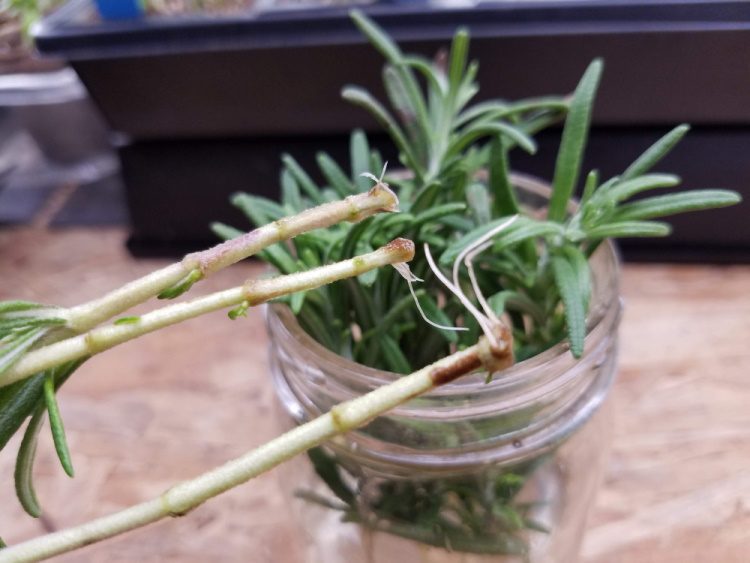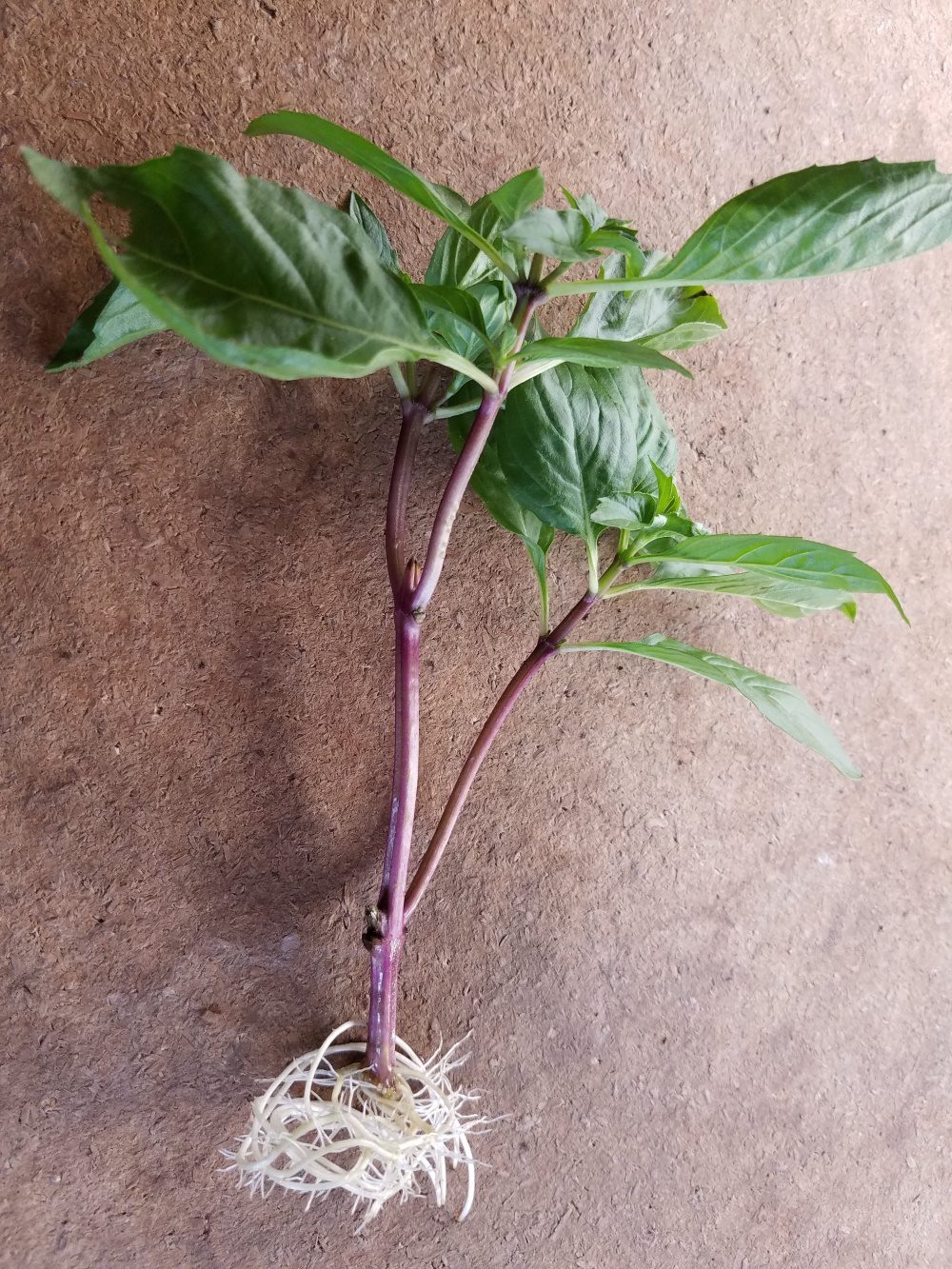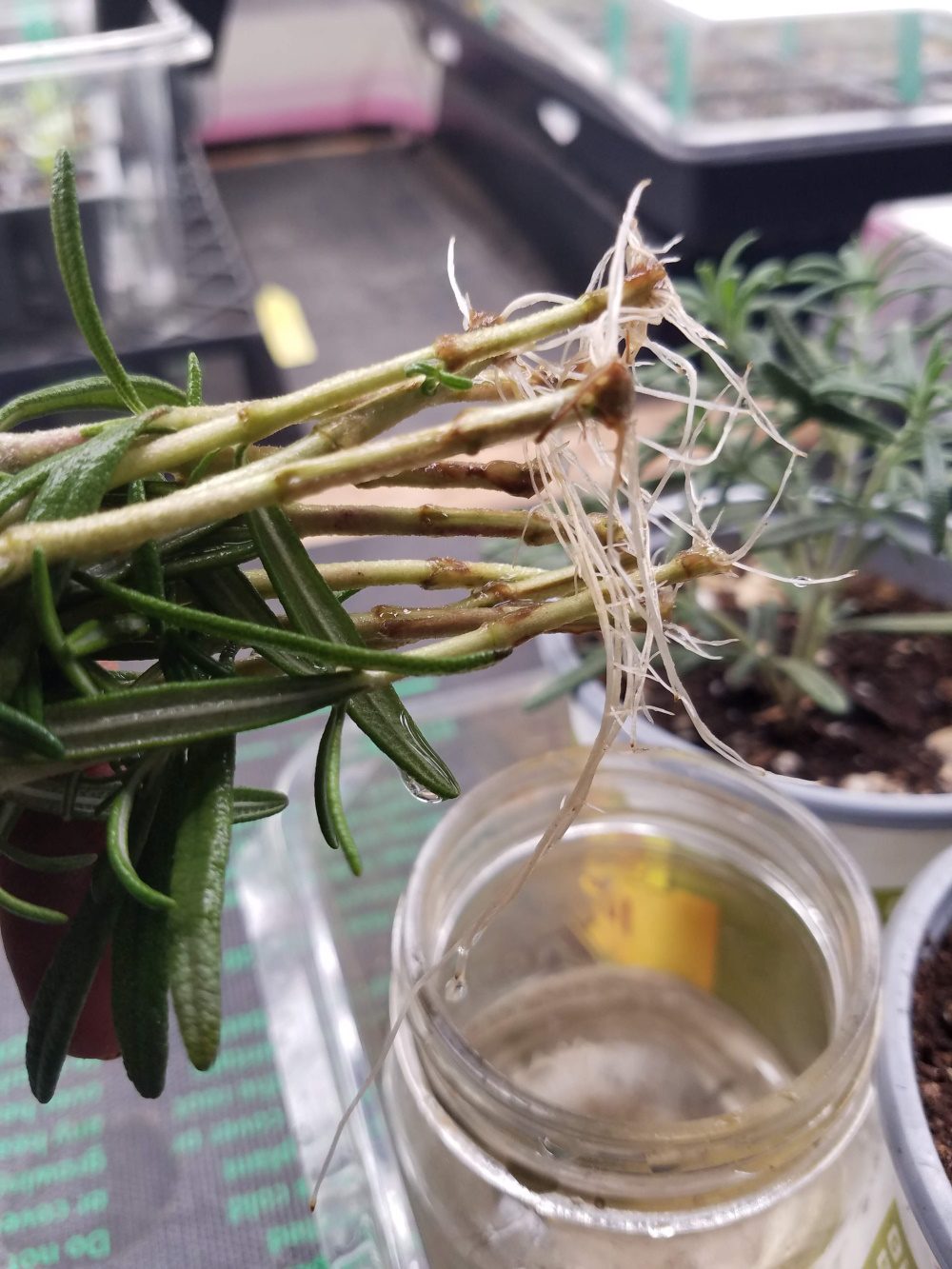Fresh herbs add a special burst of flavor to any homemade meal. It’s the spicy basil that enlivens pasta dishes; earthy sage and rosemary that adds depth of flavor to roast turkey and chicken, beef and lamb. The cook (and gardener) should never be without fresh, homegrown herbs – even during the coldest months of the year!
Growing herbs indoors is easy to do. Whether you start herb plants from seeds, take cuttings from existing plants, or bring your outdoor-grown herbs inside, you’ll have a continuous supply of fresh herbs throughout the winter months.



Selecting Herbs to Grow Indoors
When it comes to choosing what herbs to grow, my motto is “grow what you love to eat!” Choose herbs that you use in the kitchen or have scents that you enjoy. There is nothing like running your hand over a basil plant in the middle of winter and taking in the sweet, clove-like scent of summer.
Some of the easiest herbs to grow indoors are found in the mint family. These include:
- Mints (Chocolate, Spearmint, Peppermint)
- Basil
- Thyme
- Oregano
- Rosemary
- Sage
- Savory
- Sweet Marjoram
- Lavender
- Lemon Balm
A few others easy-to-grow culinary herbs include parsley and chives.
One of the easiest herbs to grow indoors is basil. It definitely brings the flavor and scent of summer into the home. There are so are so many wonderful varieties of basil to choose from, like sweet basil and the famous Genovese basil that is used for making pesto. But there is so much more — try spicy-clove scented Thai basil, lemon basil, lime basil, or cinnamon basil. Each has a unique scent and flavor.
And basil isn’t just green – look for varieties in shades of red and purple or with variegated leaves.



Sourcing Herb Plants
The quickest way to start an indoor herb garden is to purchase seedling plants from a nursery or garden center. Of course, depending on the time of year and your location, herb plants may not always be available.
Herbs growing outdoors, either in containers or in the ground, can be potted up and brought into the house. Make sure to dig herbs growing in the ground before the ground freezes.

Herbs like thyme, chives, oregano, and mint will all transplant nicely from the ground into a container because their roots grow in clumps, making them easy to dig and transplant.
Before you bring any outdoor-grown herb inside your home, look carefully for any signs of pests or disease. Outdoor plants and soil can harbor insects and insect eggs. Check the plants carefully, including the undersides of leaves. Usually a good, strong spray of water from the hose will remove any pests.
I also recommend potting the plant into fresh potting mix – this will help reduce the chance of insects or eggs that are in the soil from hatching in your kitchen.
Once inside, place herbs in bright, indirect light for about a week, allowing them to acclimate to the indoors. Then move the plants to a location where they will get at least 6 hours of bright light each a day.
You can also take cuttings from existing herb plants and root them in water or use a rooting hormone. Many perennial herbs, and even a few annual herbs, can be propagated by taking cuttings from healthy plants.


Soft-stemmed herbs, like basil and mint, will produce roots easily when placed in a jar of water in a location that receives bright light. Woody herbs, like rosemary, oregano, and sage can be a little more difficult to propagate and require cuttings from new, soft-wood growth.
Soft-wood rosemary stems will root easily in water, but other woody-stemmed herbs need help from rooting hormone. If you don’t have a source of cuttings, you can always try fresh packaged herbs from the grocery store!
I’ve had great success with growing rosemary and basil from packages of fresh herbs found in my local grocery store.
Another option is to start your herb garden from seed. If you’re unable to find seed locally, check online seed companies, which sell and ship seed year-round. With all the choices of herb seed available, you may find yourself with more seed than space to grow!




Most herb seed will germinate within 7 to 14 days. Basil seed is the quickest, germinating in about five days, or less if you are using a plant heat mat (that almost qualifies as instant gratification!). Parsley, thyme, and chives tend to take a longer to germinate — upwards to 10 to 14 days.
If you start herbs from seed in the late fall, you can enjoy fresh herb cuttings through the winter and by the time spring comes, you’ll have plants ready to go back into the garden for the summer season.
Starting herbs from seed is no different than starting any vegetable from seed. You don’t need a lot of equipment – a few containers, some good quality seed starting mix, and a window that receives bright light.
It’s important to use a mix designed for starting seeds. Heavier potting soils can retain too much water for seed starting and cause a fungal condition in seedlings known as dampening off, causing the seedlings to rot at the soil level and die.
If you are new to starting plants from seed, check out this blog post for helpful tips to get your started.
Planting and Care Basics
Regardless of whether you are bringing in existing plants or starting new ones, there are a few basic care tips to consider:
- When it comes to planting, choose a pot or container that is bigger than the plant’s root ball, so it has room to grow. If you use a small container, the plant may need to be re-potted sooner and a larger contain may cause the soil to remain too wet, causing root rot. You can use just about anything for a container if the size is right and it has adequate drainage holes.

- Use a quality potting soil mix that drains well and contains compost or other nutrients for plant growth.
- Herbs do not like to sit in water or be overly wet. Over-watering is one of the biggest pitfalls of growing any plant indoors. Indoor herbs will prefer to be on the dry side. Water when the top inch of soil feels dry and then water lightly.
- Like most plants, herbs need about six hours of light a day, so choose a location in your home that provides natural, bright light at least four to six hours per day, or use a grow light that is designed for indoor plants.
- To encourage new growth and prevent the formation of seed head in annual herbs, take regular cuttings. Soft-wood cuttings can also be used to propagate more herb plants!
Growing herbs indoors is easy, but if things don’t work out the first time, don’t get discouraged. I’ve had various levels of success growing herbs indoors. The important thing is not to give up and just try it again. You get the benefit of fresh herbs all year long and the fun of gardening during the winter months!
Want more? Listen to my Podcast: Growing Herbs Indoors!



[…] Quick Tips for Growing an Indoor Herb Garden […]